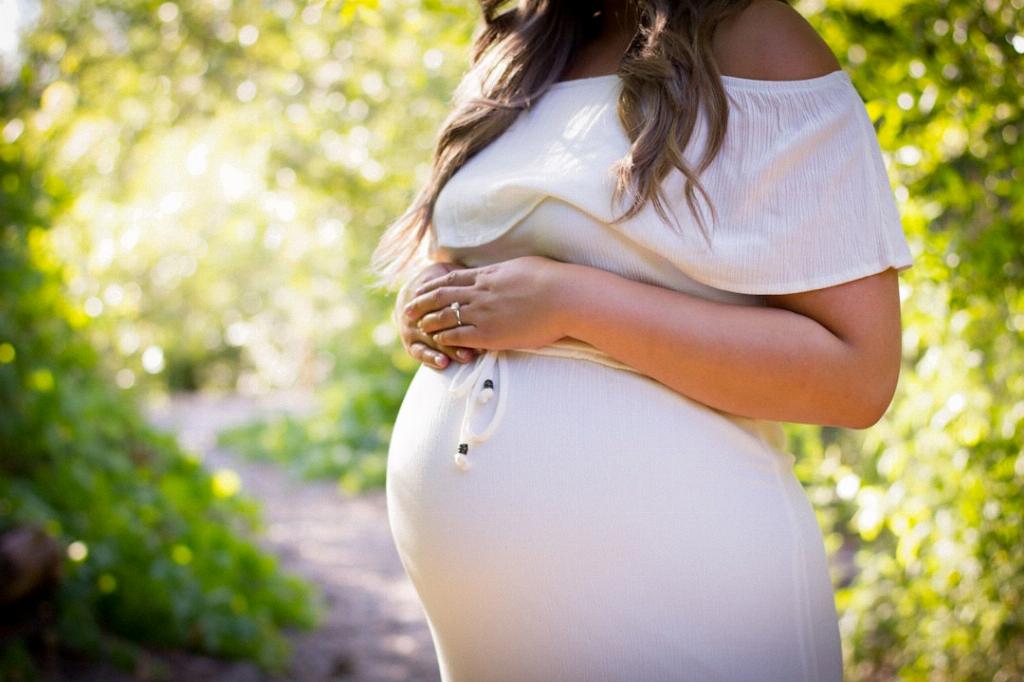During pregnancy, a common topic of discussion among expectant mothers is whether the shape and size of their baby bump can reveal the sex of the baby. One prevalent belief is that carrying a girl will result in a different belly shape compared to carrying a boy. However, it’s essential to separate fact from fiction when it comes to such theories.
First and foremost, it’s important to understand that the appearance of your pregnancy belly is influenced by various factors, including your muscle tone, the position of the baby, and the number of babies you are carrying. The idea that the shape of your bump can indicate the sex of your baby is more fiction than fact. There is no scientific evidence to support the notion that carrying a girl or a boy will result in a distinct belly shape.
When it comes to the physical differences between carrying a girl and a boy, it’s crucial to rely on medical science rather than old wives’ tales. The sex of the baby is determined by genetic factors that are established at conception. These factors have no direct correlation with the outward appearance of your pregnancy belly.
It’s also essential to recognize that every woman’s body is unique, and the way your belly grows and changes during pregnancy can vary significantly from person to person. Factors such as the position of the baby, the amount of amniotic fluid, and the strength of your abdominal muscles all play a role in determining the shape of your bump.
As the pregnancy progresses, your uterus expands to accommodate the growing baby, leading to changes in the size and shape of your belly. These changes are driven by the natural process of pregnancy and are not indicative of the baby’s sex. Whether you are carrying a girl or a boy, the most important thing is the health and well-being of both you and your baby.
While popular culture may perpetuate the idea that carrying a girl results in a “low” bump and carrying a boy leads to a “high” bump, there is no scientific basis for these claims. It’s crucial to approach such beliefs with a critical eye and consult with healthcare professionals for accurate information about your pregnancy.
Ultimately, the shape of your pregnancy belly is not a reliable indicator of your baby’s sex. The most accurate way to determine the sex of your baby is through medical tests such as ultrasounds or genetic screenings. These methods provide definitive information about the sex of the baby and can help you prepare for the arrival of your little one.
As you navigate the journey of pregnancy, it’s normal to be curious about the sex of your baby and to speculate based on old wives’ tales. However, it’s essential to approach such speculation with skepticism and rely on scientific knowledge to separate fact from fiction. Your healthcare provider can offer guidance and support throughout your pregnancy and provide accurate information about your baby’s development.
Remember that every pregnancy is a unique experience, and the changes in your body are a natural part of the process of bringing a new life into the world. Embrace the journey, trust in the wisdom of medical professionals, and cherish the moments as you await the arrival of your precious little one, regardless of whether it’s a girl or a boy.

